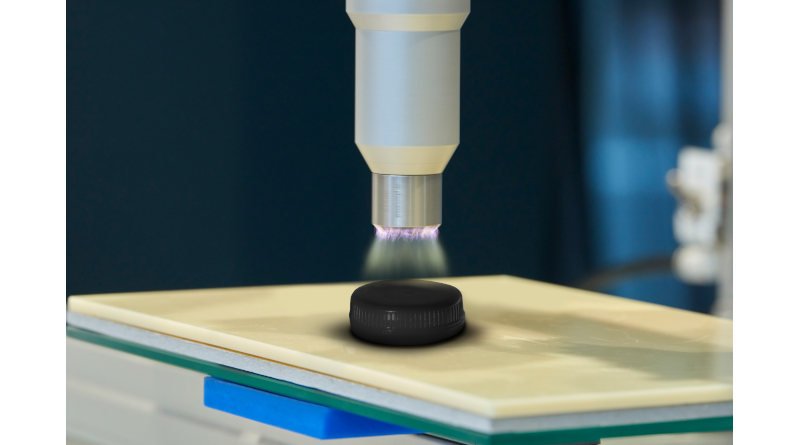Improving properties with Openair-Plasma and Plasma Plus Technologies
Openair-Plasma treatment enhances the surface energy of predominantly non-polar plastics, thereby modifying their surface properties. This activation process prepares materials for subsequent industrial treatments by increasing surface wettability, which in turn improves adhesive and coating strength as well as material printability.
For cases where activation alone is insufficient, Plasma Plus technology offers an alternative. This process applies nano-coatings to surfaces, creating functionally enhanced surfaces with superhydrophilic properties, leading to improved adhesion.
In the soft drink industry, Plasma Plus nano-coating can improve the barrier properties of PET bottles. The nano-coating is transparent like glass yet flexible, shock-resistant, and friction-resistant, says the company. This coating reduces diffusion and extends the shelf life of soft drinks. The process applies the coating to both the inside and outside of the packaging.
Securing ink bonding on caps
Plastic bottle caps must be airtight while remaining easy to open. Silicone-modified compounds have low surface tension, making printing with solvent-free, food-safe inks challenging. Plasma treatments are claimed to increase surface tension on bottle caps. Plasma jets are integrated directly into high-speed pad printing machines. According to Plasmatreat, their processes are solvent-free, offer location-selective applications, and can be seamlessly integrated into existing production lines.
Caption: Plasma treatment on bottle cap (photo: Plasmatreat GmbH)

